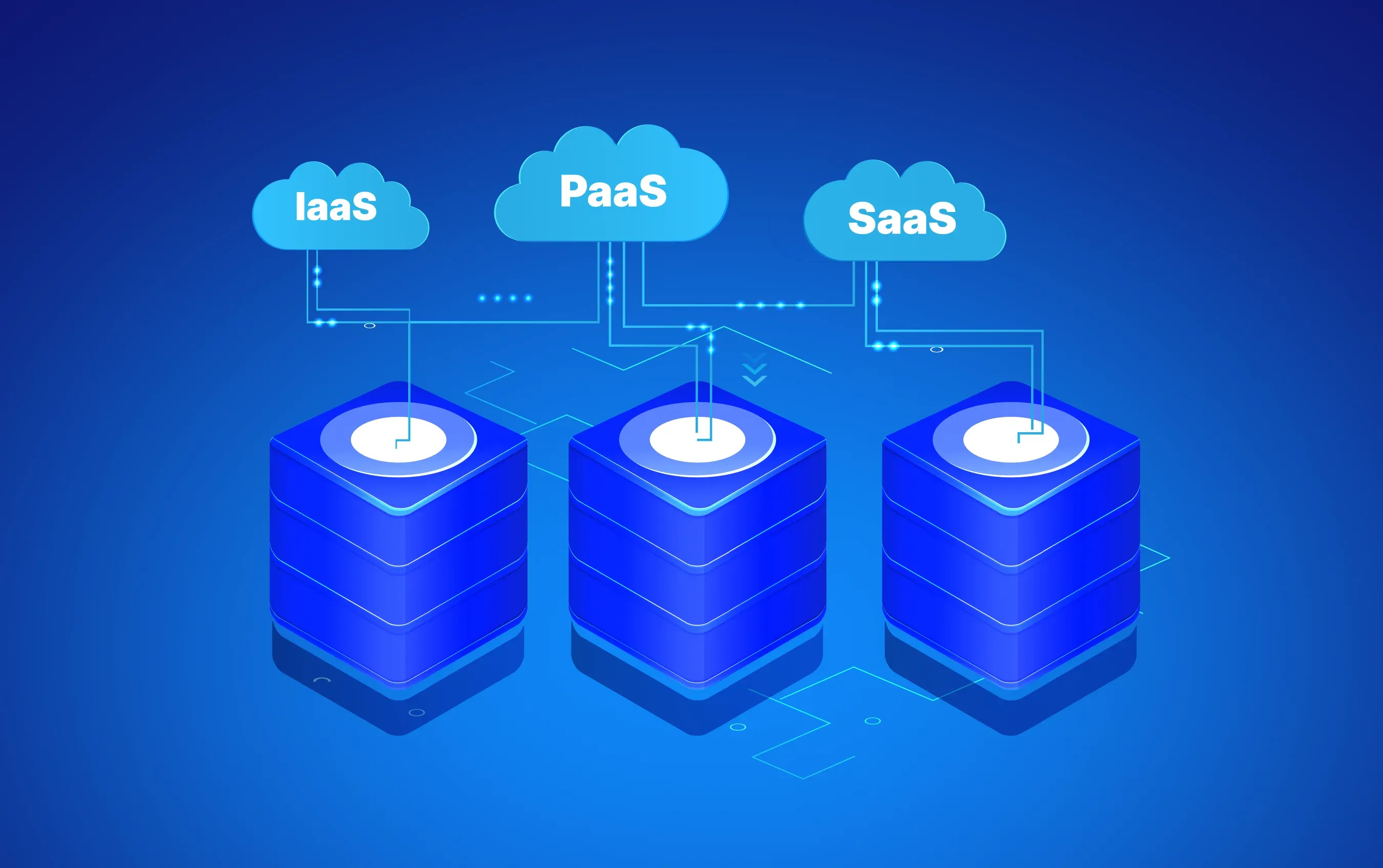In this Article

IaaS (Infrastructure as a Service) gives you the highest level of control. The provider takes care of the physical infrastructure, like servers, storage, and networking, but everything else is up to you.
You choose the operating system, install your tools, and manage updates and security. It’s a popular choice for teams with strong technical skills who want to customize their environment from the ground up.
Yes. Many companies use a mix of all three in what’s called a hybrid or multi-cloud strategy.
For instance, a business might run its product backend on IaaS, use PaaS for internal development workflows, and rely on SaaS tools for communication and CRM.
Blending models like this helps balance control, flexibility, and convenience.
You can, but it often requires some reworking.
For example, moving from SaaS to PaaS or IaaS might mean rebuilding parts of your system to gain more control.
On the other hand, switching from IaaS to SaaS can simplify operations but may reduce customization.
Before making a change, consider how it will affect your existing systems, data, and team workflows.
For most early-stage startups, PaaS or SaaS is a great place to begin.
These models take care of infrastructure, so your team can focus on building features and getting to market quickly.
If you're developing a product to offer as a service, SaaS development services can also help with architecture planning and future scalability.
Previous insight






